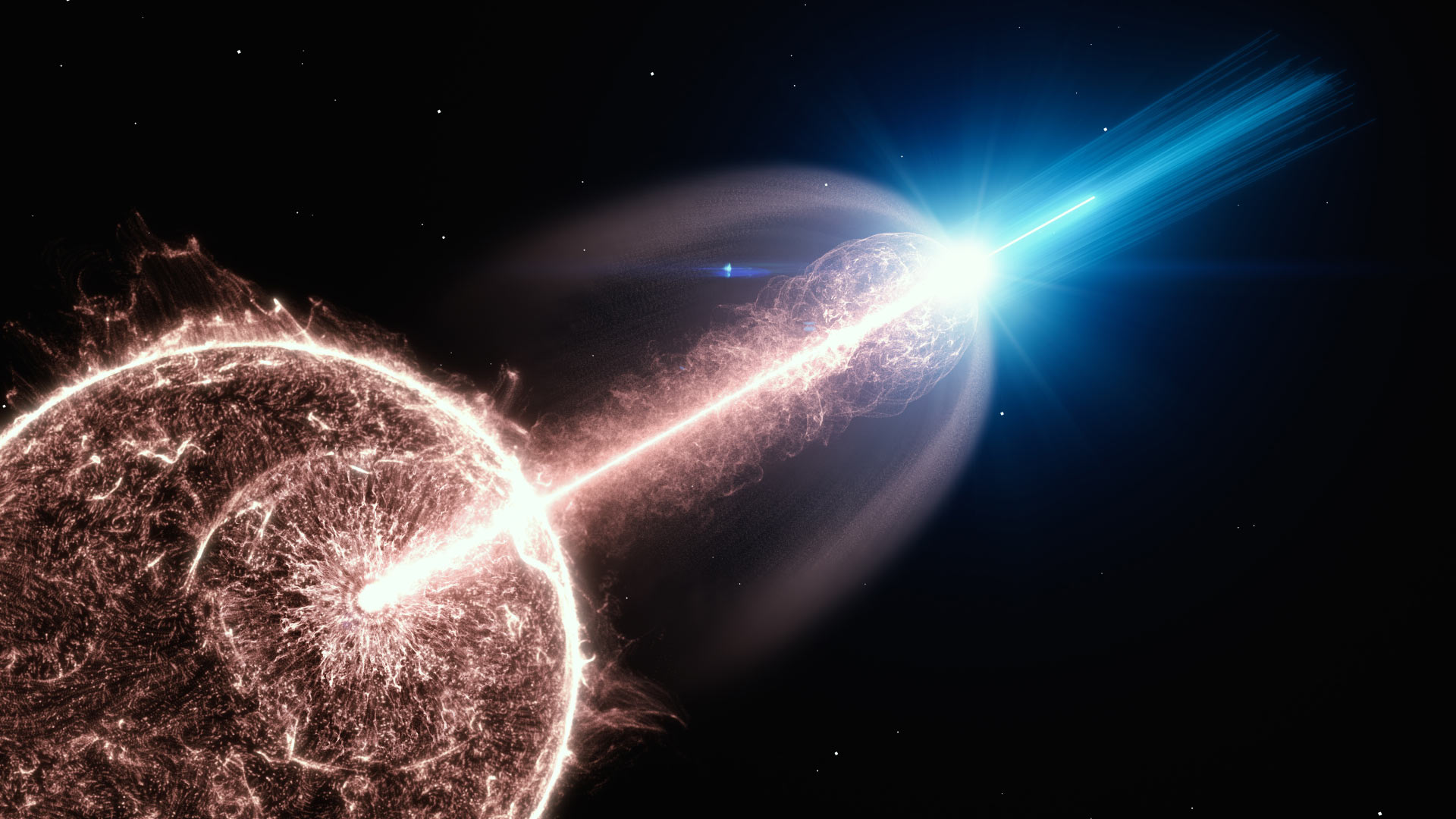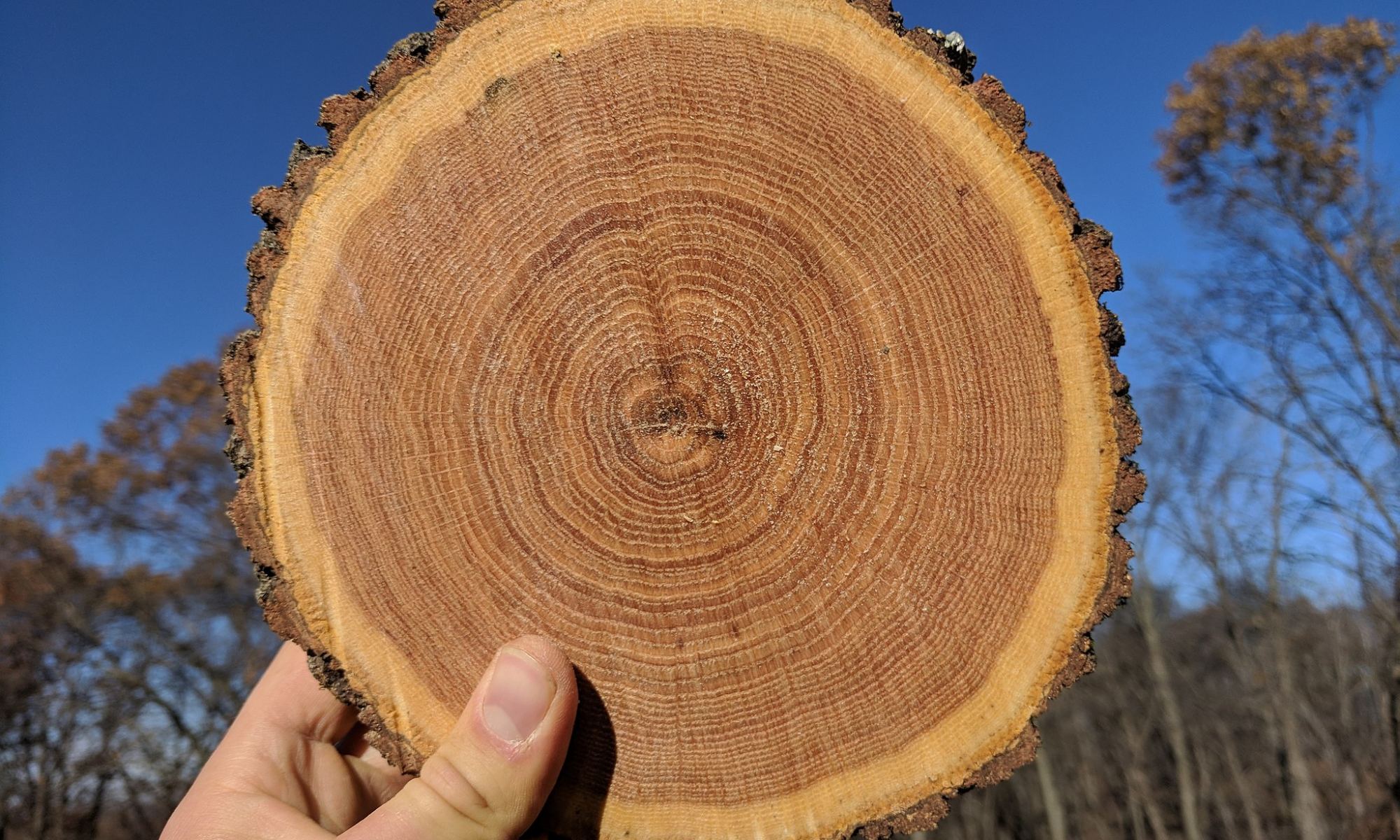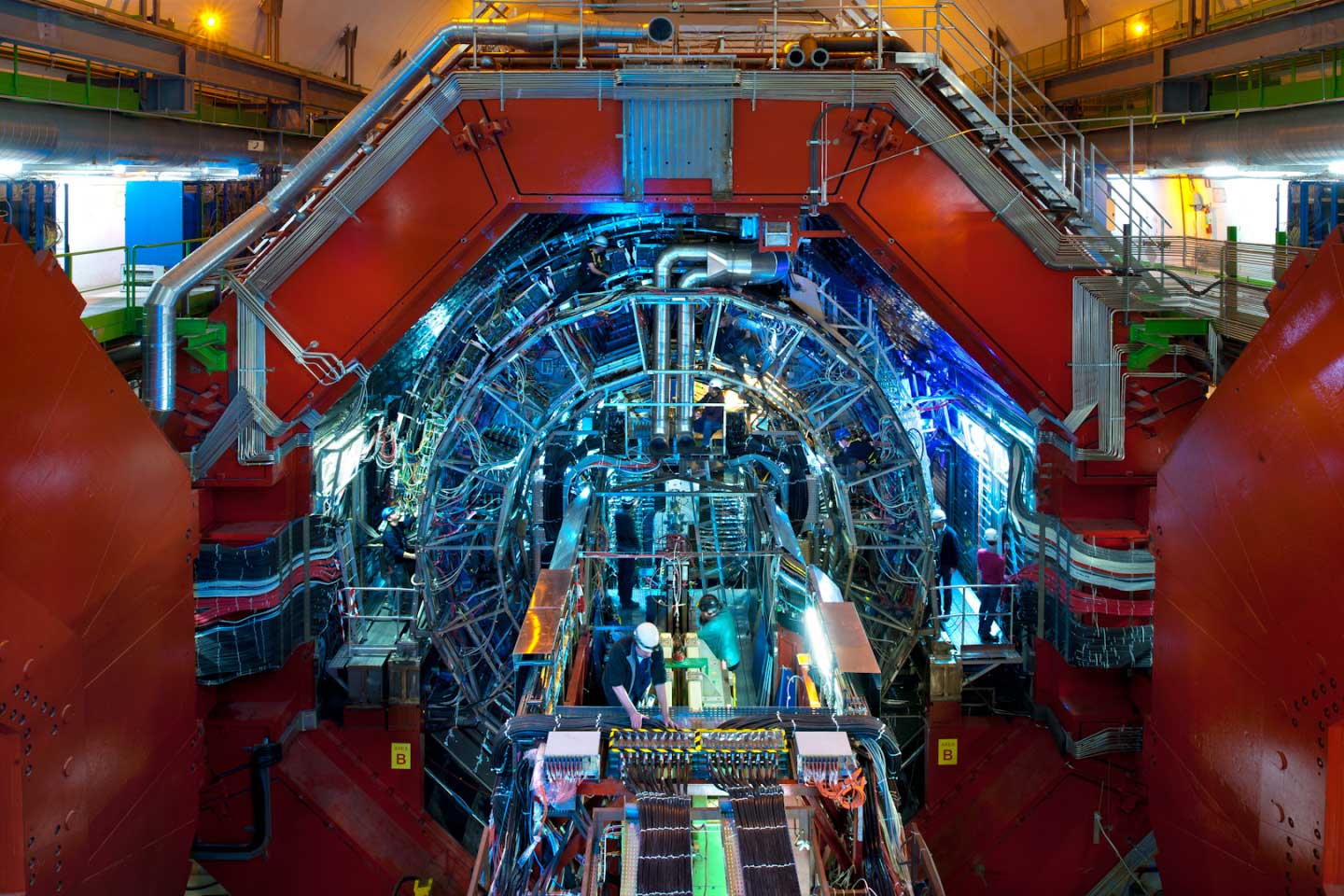Space largely seems quite empty! Yet even in the dark voids of the cosmos, ultra-high-energy cosmic rays are streaming through space. The rays contain 10 million times as much energy as the Large Hadron Collider can produce! The origin of the rays though is still the source of many a scientific debate but they are thought to be coming from some of the most energetic events in the universe. A new paper suggests the rays may be linked to magnetic turbulence, coming from regions where magnetic fields get tangled and twisted up.
Continue reading “Another Clue About the Ultra-High Energy Cosmic Rays: Magnetic Turbulence”41,000 Years Ago Earth’s Shield Went Down
Earth is naked without its protective barrier. The planet’s magnetic shield surrounds Earth and shelters it from the natural onslaught of cosmic rays. But sometimes, the shield weakens and wavers, allowing cosmic rays to strike the atmosphere, creating a shower of particles that scientists think could wreak havoc on the biosphere.
This has happened many times in our planet’s history, including 41,000 years ago in an event called the Laschamps excursion.
Continue reading “41,000 Years Ago Earth’s Shield Went Down”The Mystery of Cosmic Rays Deepens

Cosmic rays are high-energy particles accelerated to extreme velocities approaching the speed of light. It takes an extremely powerful event to send these bits of matter blazing through the Universe. Astronomers theorize that cosmic rays are ejected by supernova explosions that mark the death of supergiant stars. But recent data collected by the Fermi Gamma-ray space telescope casts doubt on this production method for cosmic rays, and has astronomers digging for an explanation.
Continue reading “The Mystery of Cosmic Rays Deepens”A Giant Gamma-Ray Bubble is a Source of Extreme Cosmic Rays

Gamma-ray bursts (GRBs) are one of the most powerful phenomena in the Universe and something that astronomers have been studying furiously to learn more about their origins. In recent years, astronomers have set new records for the most powerful GRB ever observed – this includes GRB 190114C, observed by the Hubble Space Telescope in 2019, and GRB 221009A, detected by the Gemini South telescope in 2022. The same is true for high-energy cosmic rays that originate from within the Milky Way, whose origins are still not fully understood.
In a recent study, members of China’s Large High Altitude Air Shower Observatory (LHAASO) Collaboration discovered a massive gamma-ray burst (designated GRB 221009A) in the Cygnus star-forming region that was more powerful than 10 peta-electronvolts (PeV, 1PeV=1015eV), over ten times the average. In addition to being the brightest GRB studied to date, the team was able to precisely measure the energy spectrum of the burst, making this the first time astronomers have traced cosmic rays with this energy level back to their source.
Continue reading “A Giant Gamma-Ray Bubble is a Source of Extreme Cosmic Rays”The Second Most Energetic Cosmic Ray Ever Found

“Oh My God,” someone must have said in 1991 when researchers detected the most energetic cosmic ray ever to strike Earth. Those three words were adopted as the name for the phenomenon: the Oh-My-God particle. Where did it come from?
Continue reading “The Second Most Energetic Cosmic Ray Ever Found”Air Showers Ruin Astrophotos, but They Could be a New Method for Studying the Universe

Cosmic rays are a fascinating and potentially hazardous phenomenon. These high-energy particles typically consist of protons that have been stripped of their electrons and accelerated to nearly the speed of light. When these rays collide with Earth’s atmosphere, an enormous amount of secondary particles known as an “air shower” results. Ordinarily, these showers are a source of frustration for astronomers since they leave “tracks” on telescope images that obscure the celestial objects (asteroids, stars, galaxies, exoplanets, etc.) being observed.
However, a research team from the National Astronomical Observatory of Japan (NAOJ) and Osaka Metropolitan University has found a new application for these energetic particles. Using a novel method, they could observe these extensive cosmic-ray air showers with unprecedented precision. The key to their method is the Subaru Prime Focus Camera (Suprime-Cam) mounted on the Subaru Telescope atop the Mauna Kea volcano in Hawaii. This method and the team’s findings could provide a new method for studying the Universe’s most energetic particles.
Continue reading “Air Showers Ruin Astrophotos, but They Could be a New Method for Studying the Universe”China Chooses the Site for their TRIDENT Neutrino Detector

China is building a new neutrino detector named TRIDENT, the Tropical Deep-sea Neutrino Telescope. They’re building it in the South China Sea, near the equator. This next-generation neutrino telescope will feature improved sensitivity and should help clear up the mystery around cosmic rays and their origins.
Continue reading “China Chooses the Site for their TRIDENT Neutrino Detector”Anti-Helium Generated in the Large Hadron Collider can Help in the Search for Dark Matter
For decades, astrophysicists have theorized that the majority of matter in our Universe is made up of a mysterious invisible mass known as “Dark Matter” (DM). While scientists have not yet found any direct evidence of this invisible mass or confirmed what it looks like, there are several possible ways we could search for it soon. One theory is that Dark Matter particles could collide and annihilate each other to produce cosmic rays that proliferate throughout our galaxy – similar to how cosmic ray collisions with the interstellar medium (ISM) do.
This theory could be tested soon, thanks to research conducted using the A Large Ion Collider Experiment (ALICE), one of several detector experiments at CERN’s Large Hadron Collider (LHC). ALICE is optimized to study the results from collisions between nuclei that travel very close to the speed of light (ultra-relativistic velocities). According to new research by the ALICE Collaboration, dedicated instruments could detect anti-helium-3 nuclei (the anti-matter counterpart to He3) as they reach Earth’s atmosphere, thus providing evidence for DM.
Continue reading “Anti-Helium Generated in the Large Hadron Collider can Help in the Search for Dark Matter”The Most Devastating Solar Storms in History are Scoured Into Tree Rings

Trees are like sentinels that preserve a record of shifting climates. Their growth rings hold that history and dendrochronology studies those rings. Scientists can determine the exact ages of trees and correlate their growth with climatic and environmental changes.
But they also record the effects of more distant changes, including the Sun’s activity.
Continue reading “The Most Devastating Solar Storms in History are Scoured Into Tree Rings”Cosmic Rays can Help Keep the World's Clocks in Sync
The world has a robust, accurate timekeeping system that regulates our clocks. Humanity uses it for everything we do, from our financial systems to satellite navigation, computer and phone networks, and GPS. But the current system is not perfect, and has vulnerabilities to cyber-attack and disruption. Given the importance of accurate timekeeping to our society (as a fundamental underpinning of life in the 21st century), experts are always looking for ways to improve the system and add redundancy. Researchers at the University of Tokyo have taken a big step in this direction, developing a new method of time synchronization that takes advantage of cosmic rays to calibrate the world’s clocks.
Continue reading “Cosmic Rays can Help Keep the World's Clocks in Sync”



